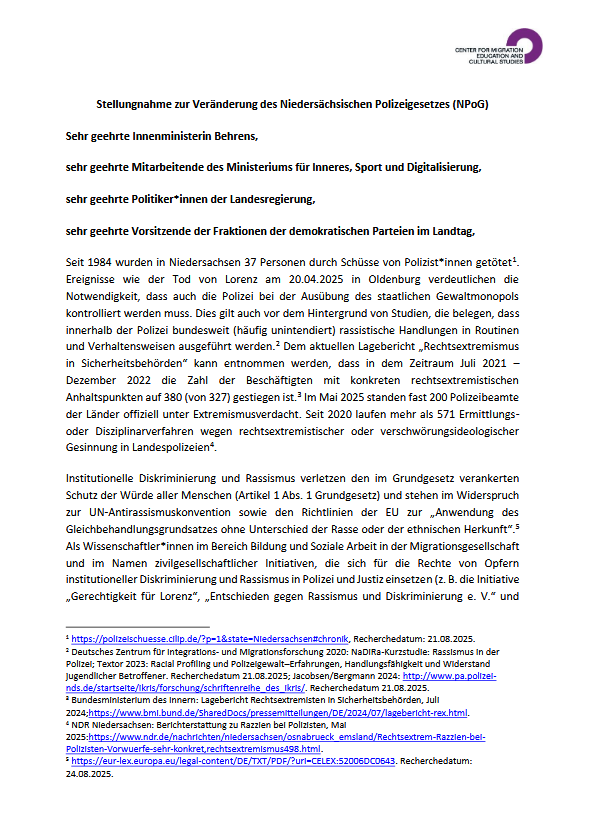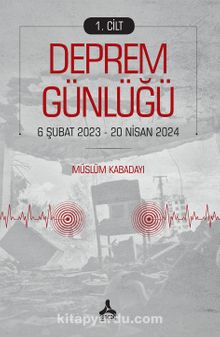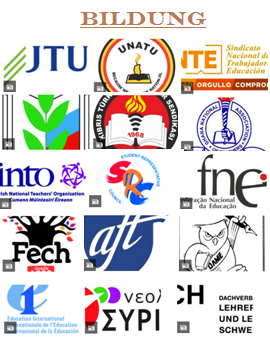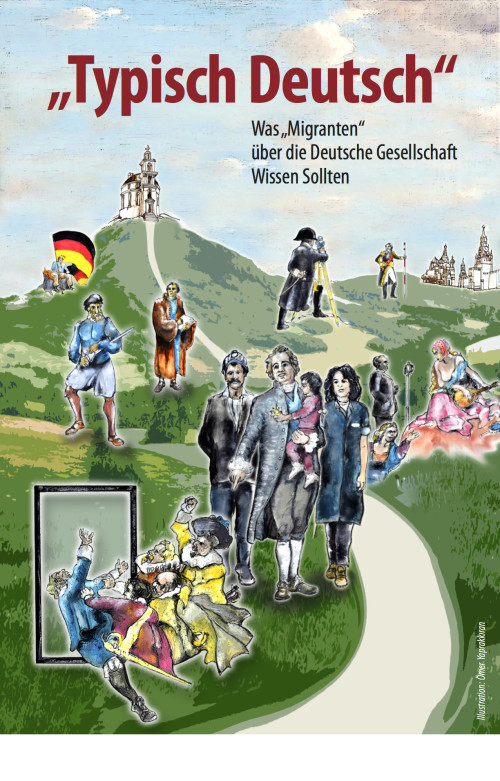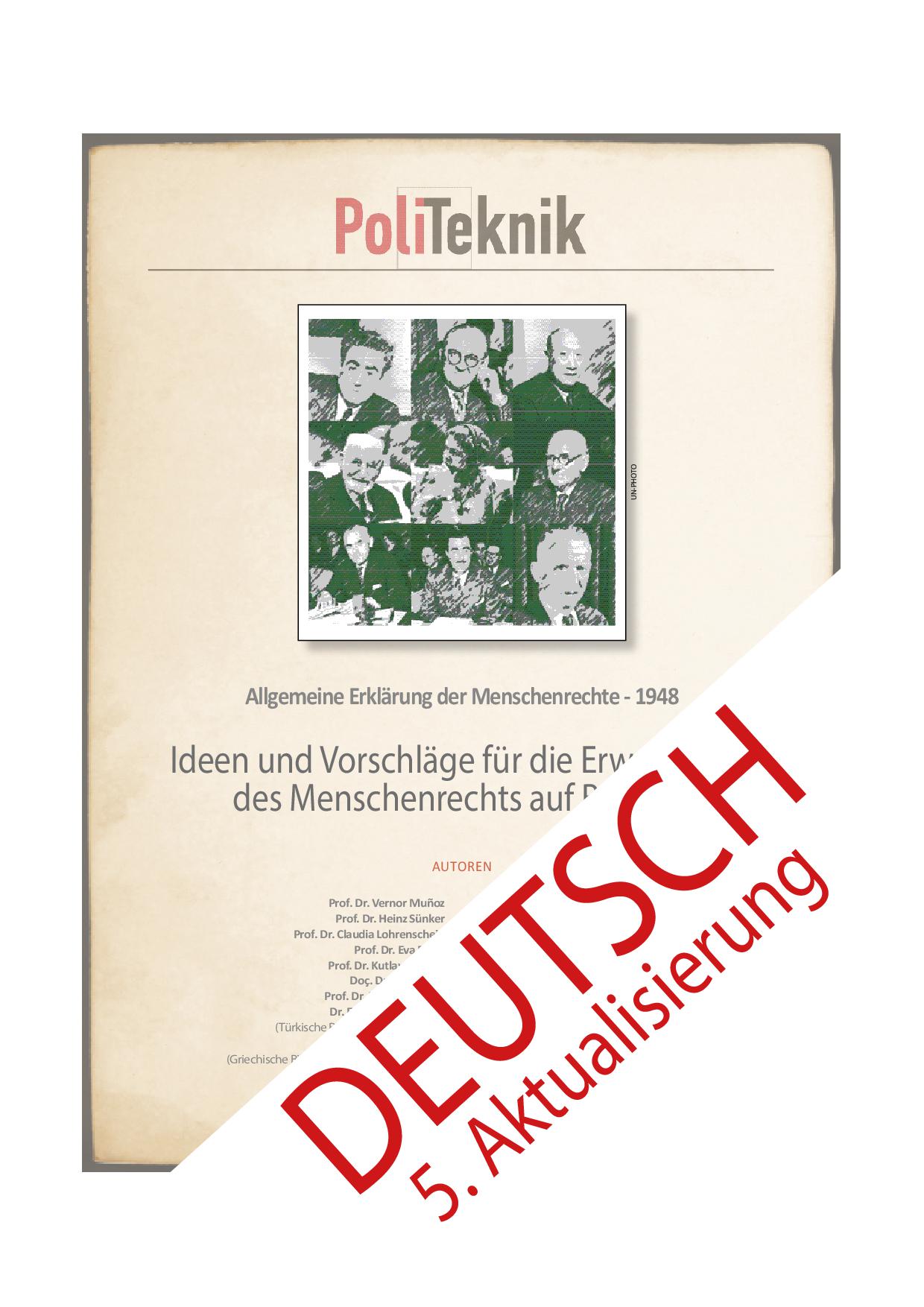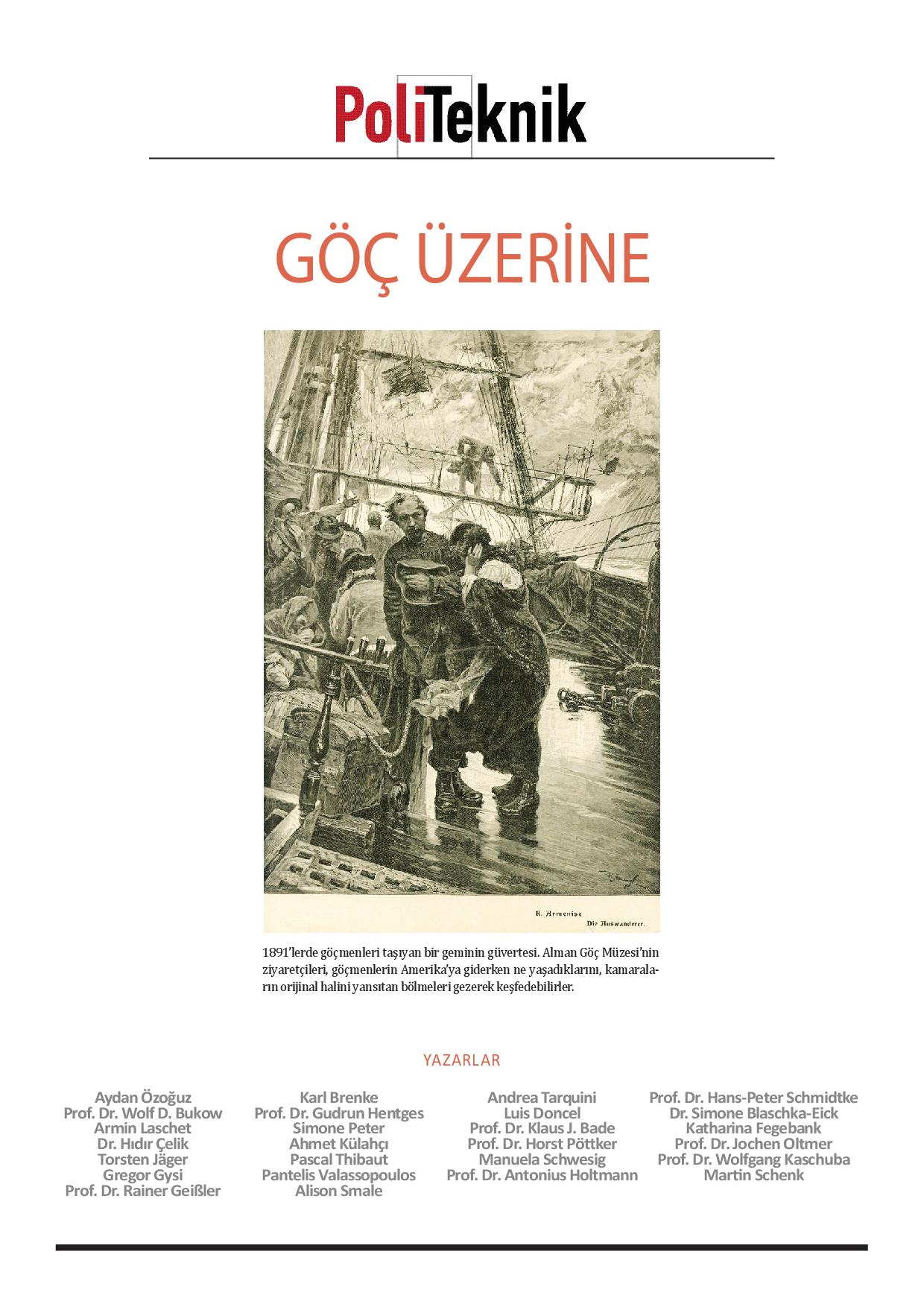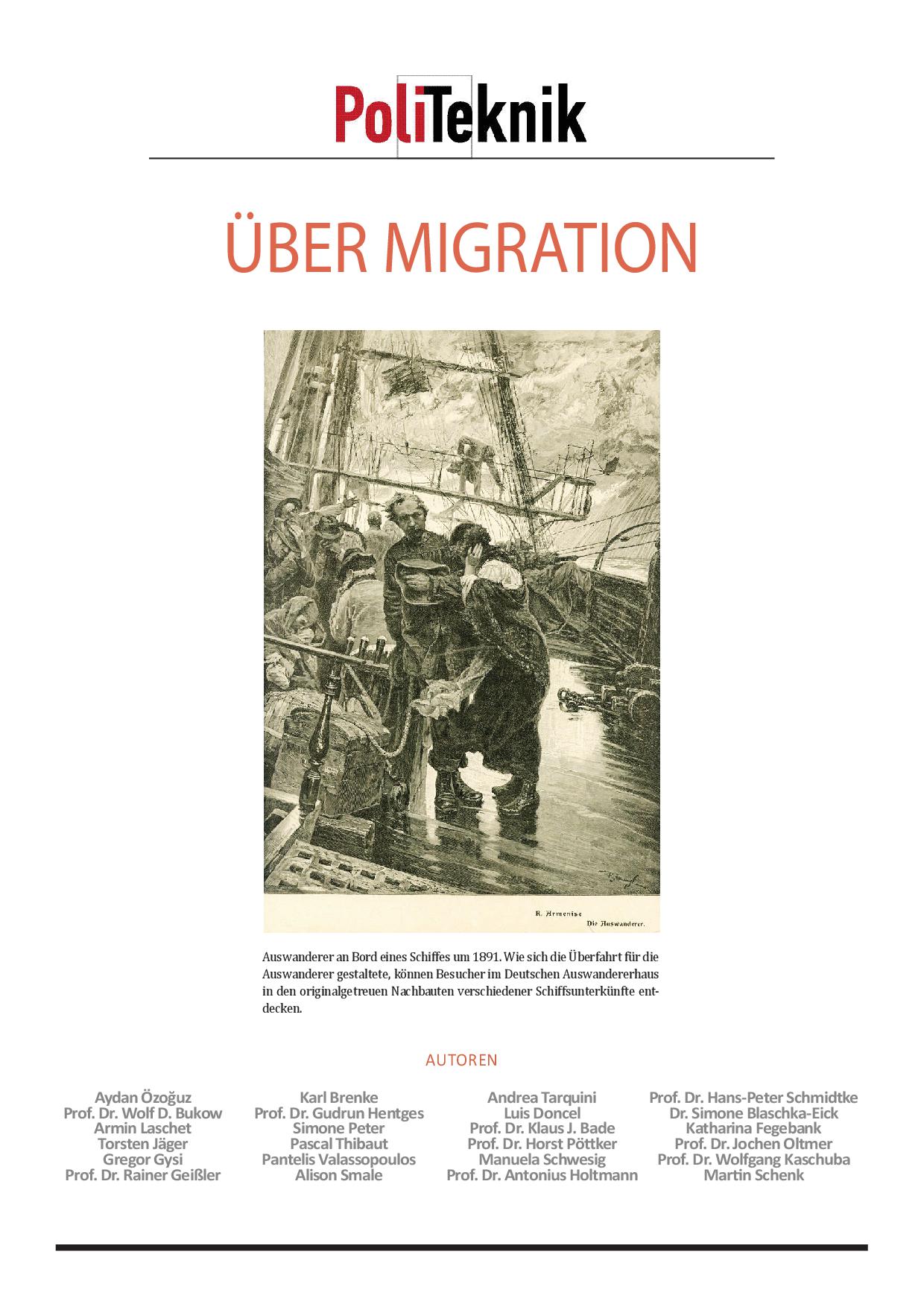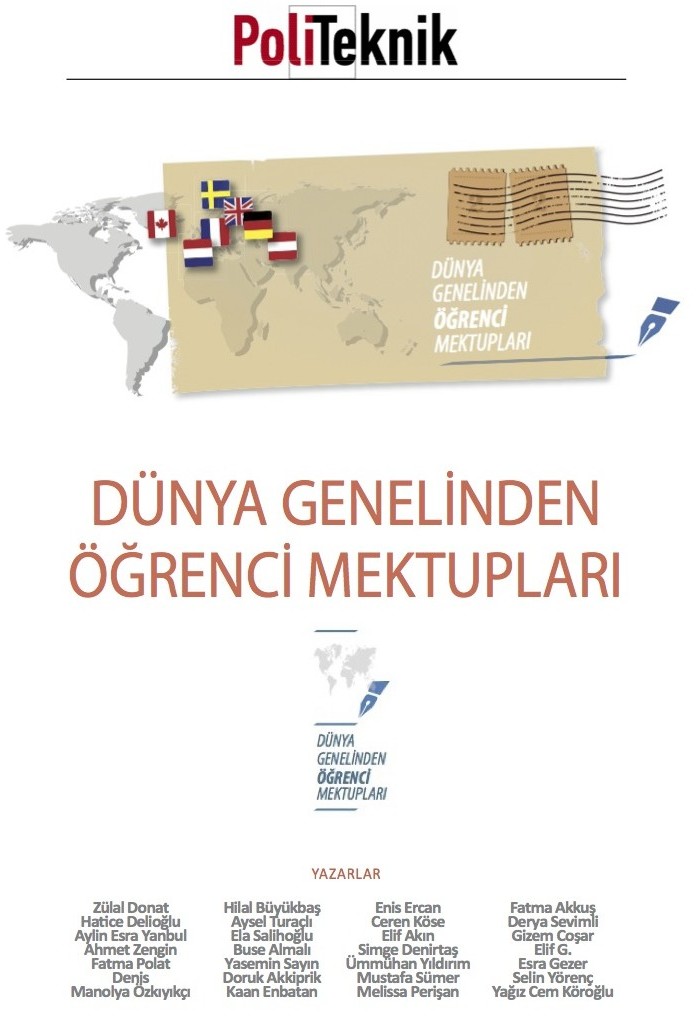Rama Kant Rai/Kumar Ratan
National coalition for education india
The Indian context; Constitutional commitment for Elementary Education:
India being the signatory to Dakar declaration made elementary education a fundamental right by amended the Constitution (Eighty-sixth Amendment) during 2002. Act, 2002 to include Article 21A which states as under:
“21A. The State shall provide free and compulsory education to all children of the age of six to fourteen years in such manner as the State may, by law, determine.”
The enforcement of RTE Act (April 2010) came after sustained popular mobilization by a wide range of civil society organizations and networks, including teachers’ unions. The Indian Constitution now provides free and compulsory education for children between the ages of 6 and 14. It aims to bring out-of-school children into the formal education system, and there is a special effort to include children from disadvantaged groups and those with disabilities. The Act also focuses on improving the quality of teaching and learning. While these measures are noteworthy, another potentially controversial measure has also been advanced – support for public private partnerships (PPPs) in the delivery of education.
The progress of schooling system: The implementation of constitutional amendment and Right to Education Act 2009 is still sluggish and not all the children are in the schools. The DISE (District Information on School Education) data is a surprising report which reveals that the progress of elementary education is dubious and there is something inherently wrong in the enrolment of children. The ‘Right of Children to Free and Compulsory Education Act’ seems a far dream for all the children of this country.
Massive Number of Out of School Children!!!
Based on the 2011 Census figures, there were 233,583,108 children from age 6 to 14 in India. However, from the total enrolment figures for 2011-2012 (page 27 of the DISE 2012-13 Flash Statistics) had only 199,055,138 students in schools (“including enrolment in unrecognized schools and madrasas”). This means that over 34.5Million children covered by the RTE Act were not enrolled in school.
Number of children disappearing from Government schools: The DISE data 2013-14 is evident that unfortunately the enrolment in elementary schools (1 to 8) during the year 2013-14 has decreased. During the year 2012-13 there were 134,784,272 children studying in primary classes (1 to 5) which reduced to 132,428440 children during 2013-14. Thus 2355832 children got reduced at lower primary level. Similarly at upper primary level (grade 6 to 8) there were 64926077 children during 2012-13 which increased to 66471219 during 2013-14. Hence the total number of students in elementary schools reduced from 199710349 (2012-13) to 198899659 during 2013-14. Thus the total number of students declined 810690 during the academic year 2013-14). (A very substantial number???)
Private schools; a mushrooming business: Despite of the fact that RTE Act makes certain norms and standards to be followed by private schools in terms of infrastructure, teachers and school governance it is hardly being followed and private schools are increasing in numbers. Also the government schools are having vacant position of teachers, poor governance and deployment of teachers in non-teaching activities results in Govt schools less attractive to parents. This is resulting in gradual increase of enrolment on private schools. As shown in (table 5)
(Table 5)
| Private Schools ( Figures in millions) | |||
| Year | Primary (1 to 5) | Upper Primary (6 to 8) | Total Elementary PVT
(1 to 8) |
| 2010-11 | 38.24 | 20.88 | 59.11 |
| 2011-12 | 41.90 | 22.97 | 64.86 |
| 1012-13 | 44.48 | 25.27 | 69.75 |
| 2013-14 | 45.67 | 25.57 | 71.23 |
Un-recognized schools: The DISE data (Flash Statistics 2013-14) shows the number of unrecognized schools. As shown in table no (5) the number of unrecognized schools is increasing despite the provision of enforcement of RTE Act 2009 which bans the unrecognized schools. A matter of fact the unrecognized schools have not been served any notice to become adherent to RTE norms. (See table 6)
Table (6)
| Enrolment in Unrecognized (Figure in millions) | ||
| Year | Primary (1-5) | Upper Primary(6-8) |
| 2010-11 | 2.08 | 0.56 |
| 2011-12 | 3.24 | 0.98 |
| 1012-13 | 3.81 | 1.09 |
| 2013-14 | 3.62 | 1.14 |
The agony of privatization and commercialization of school system in India:
In the move of privatization of education the Ministry of Human Resource development, Government of India has issued a concept note for launching privatization of education in the name of so called “Public Private Partnership (PPP). Government is convinced that there is an urgent need for replacement of bureaucratic controls in education by professional regulations along with private-public partnership to ensure universal elementary education. Competition in tertiary and secondary education is also equally essential.
Under the move of PPP Government of India has made its intention to engage private sector in education. It mentioned in the Twelfth Five Year Plan documents; “In the Twelfth Five Year Plan, possibilities will have to be explored for involving private sector more meaningfully to achieve the objective of expansion and quality improvement”.
India is no exception to the world-wide trend of educational privatisation, the growth of private schools, and the rise in corporate involvement in public and private schools. Until the Nineties, some form of public schooling or schools run by charitable trusts and voluntary organisations were the norm. Today, India is an emerging market for global corporations like Pearson, international chains like Bridge International Academies, corporate foundations like Dell and the Bill and Melinda Gates Foundation and international consultants and venture capital firms encourage and invest in for-profit commercial ventures in the school sector especially targeted at low-income and working class communities that represents, for them, a vast untapped market.
In India, the decline of public education and the concomitant growth of private education can be traced to three main factors. First, the meagre education budget that does not match demand. India has the largest youth demographic in the world, with half the country’s population of 1.2 billion under the age of 25, but the education budget hovers at around 3.8 per cent of gross national product (GNP) (Government of India, 2016). Moreover, in 1968, the Indian state had committed to six per cent of GNP for its education budget, a target unfulfilled to this day (Tilak, 2009, 2006). A lack of political will to finance public education has legitimated the corporate sector “solution” to and involvement in education.
Second, in 1991, the Indian state launched far-reaching reforms to liberalise, deregulate, and privatise the public sector, including social sectors such as health and education (Nayyar, 2008; Venkatnarayanan, 2015). As a result, state governments, in ap and elsewhere, divested themselves from government schools, shrinking the size of the sector and adversely impacting quality. Studies show that “the government’s reduced priority toward providing sufficient resources to elementary education has indirectly increased the privatization of schools at elementary level” (Venkatnarayanan, 2015). Further, these reforms opened the door to closer integration with the global economy and expanded the service sector, especially in the information technology (IT) field that has intensified the demand for English language education. Government schools are required to teach in the native language of the student, especially at the primary level.
However, in a context of changed aspirations and declining quality, government schools are perceived as an impediment to success in the new economy (Lukose, 2009; Jeffrey et al., 2008; Faust and Nagar, 2001). These economic, social and political transformations of the last two decades have led to the proliferation of private (English-medium) schools in the country. People’s advocacy and pressure to fulfil international norms related to universal basic education led to the promulgation of the Right to Education (RtE) Act in 2010. However, the RtE Act permits private provision of education, albeit private providers are mandated to follow the same set of standards as laid down for public schools relating to, for instance, teacher qualifications, curricula, the teacher-pupil ratio, and prescribed norms for school facilities. In the wave of school privatisation sweeping across the country, inequalities have been exacerbated. Many different types of schools have emerged that cater to different income households.
Our concern:
Elementary Education being the state responsibility is being shifted to private players who are running schools for profit. We believe that creation of multiple strands of schooling for the fees paying rich and the poor, would amount to allowing a certain class of society monopolizing opportunities. This vision of equal opportunity is a universal right recognized by multiple international treaties that India is signatory to, and cannot be seen as limited by the right of adults, political or business groups.
What should be done.
- There should be wider involvement of people in the formation of model for the implementation of RTE.
- There is provision for the state to enlarge the age group from 0 to 18 under 86 amendment of the constitution; there fir states should adopt sufficient measure to incorporate such group if it is needed (as it is needed in most of the states).
- There is need of recruitment of permanent teacher with respected amount of remuneration, so that they could pay more interested in delivering proper education to the children.
- Government should build more and more school at the easily accessible distance and do not let private group to perform the job what government should perform.
- Create more and more awareness among the people to about the various provision of the act so that people could ensure the proper implementation of the act.
- Provide financial assistance to the school management in order to make it more vibrant and well functional.
- States government should make a state education committee with proper judicial power.
- Stop any kind of privatization and commercialization. Do not allow any kind of PPP model in the basic education or at the elementary education level.
- The new education policy should be made in line with commitments of SDG 4.
- Government should adopt various funds generating mechanism such education cess in order to generate proper fund for the implementation of RTE, rather than allowing private sector to inter into this sector.

